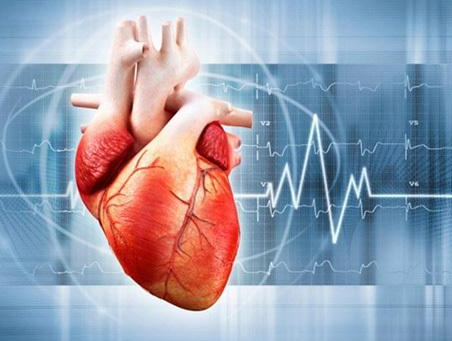A team of biomedical engineering researchers led by the University of Minnesota have developed a new 3D-bioprinted patch that shows potential in helping heal scarred heart tissue after a heart attack.
由明尼苏达大学领导的生物医学工程研究团队研发出一种新型3D生物打印补丁,可能有助于治愈在心脏病发作后受损的心脏组织。
Recent advances allowed researchers to use laser-based 3D-bioprinting techniques to incorporate stem cells derived from adult human heart cells on a matrix that began to grow and beat synchronously in a dish in the lab.
近来的科技进步使研究人员可以利用基于激光的3D生物打印技术将来自成人心脏细胞的干细胞掺入到基质中,之后基质开始在实验室培养皿中同步生长和跳动。
The muscle-like patch was then placed on a mouse heart following a simulated heart attack.
然后把这个像肌肉一样的补丁放置在模拟心脏病发作后的小鼠心脏上。

Just four weeks later, researchers saw a significant increase in cardiac functional capacity.
仅4周后,研究人员就发现其心功能容量显著增加。
Since the patch was made from cells and structural proteins native to the heart, it became part of the heart and absorbed into the body, requiring no further surgeries.
由于补丁是心脏细胞和结构蛋白质制成的,它成了心脏的一部分并被吸收到身体中,无需再做手术。
Next, researchers will test a larger patch on a pig, which is similar in size of a human heart. Researchers hope within a decade, the patch could reach clinical trials and be used in patients.
接下来,研究人员将会在一只猪的身上(其心脏与人类心脏尺寸相似)测试一个更大的补丁。他们希望这种补丁能在10年内进行临床试验并用在患者身上。












